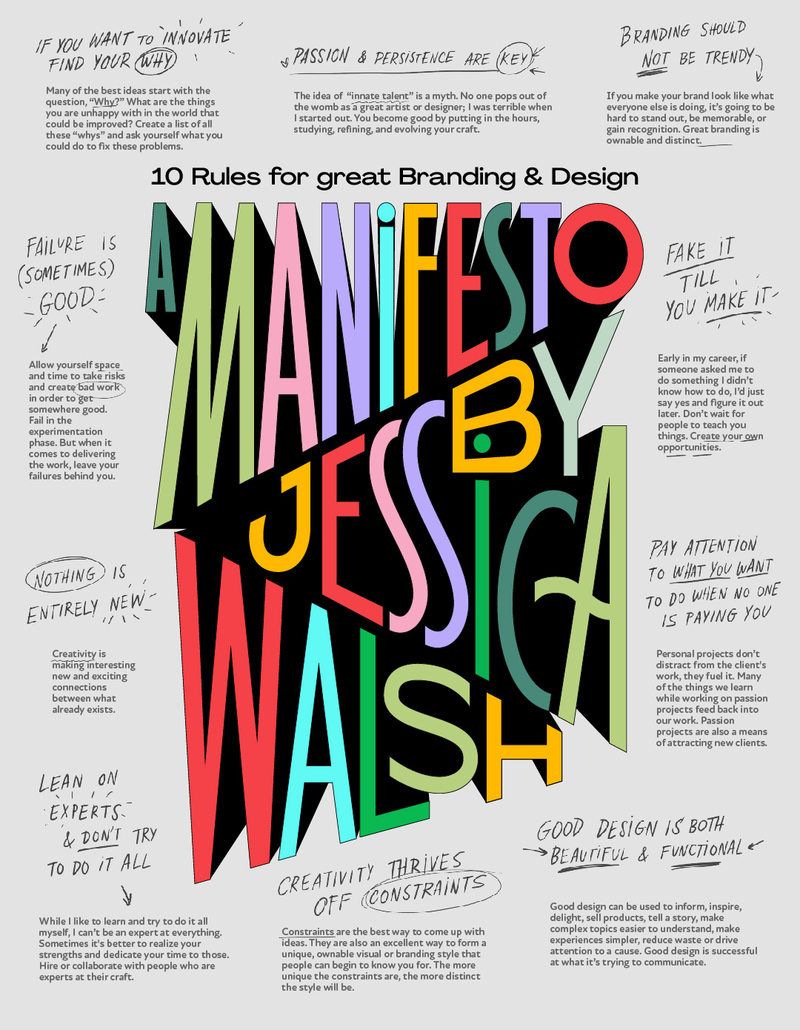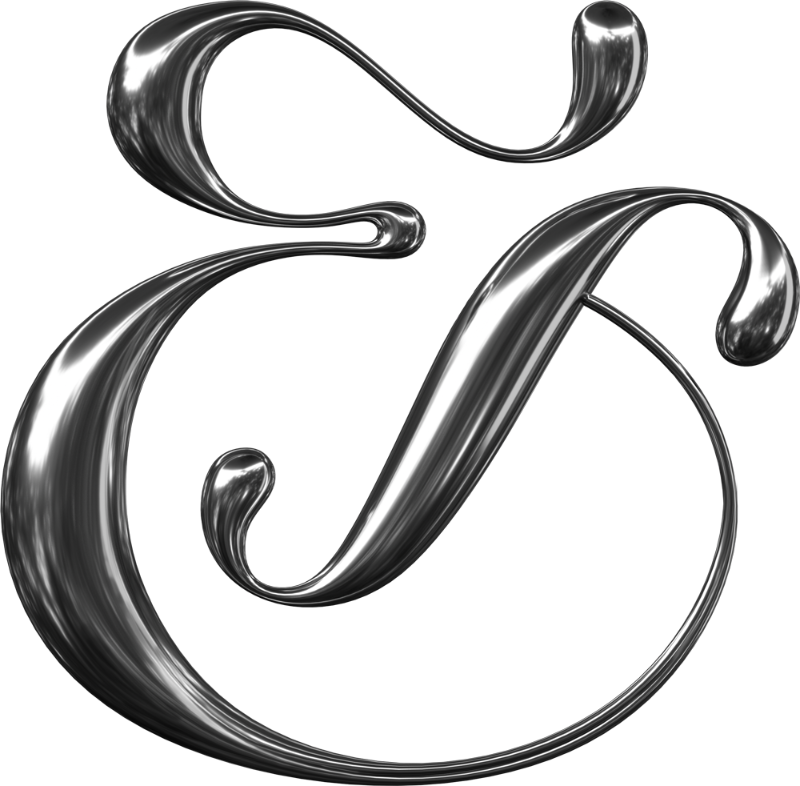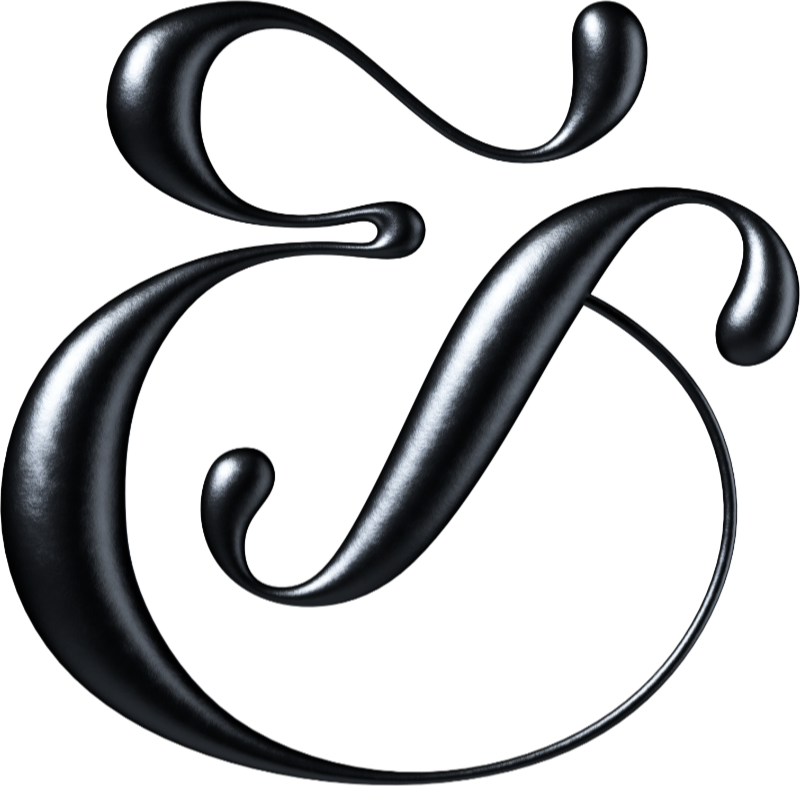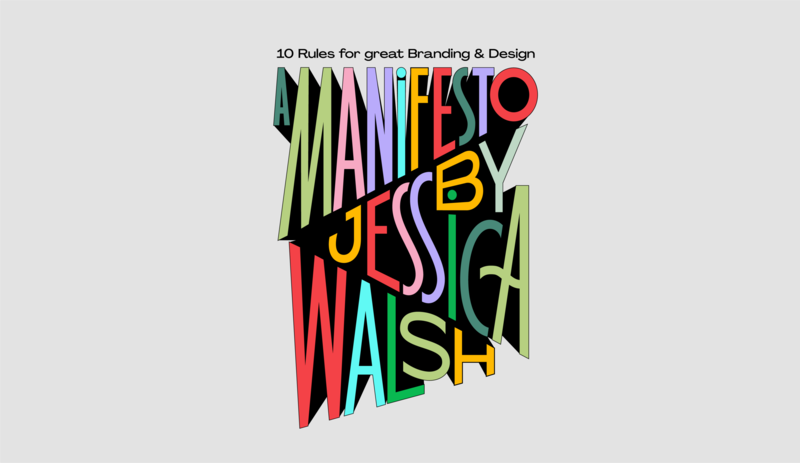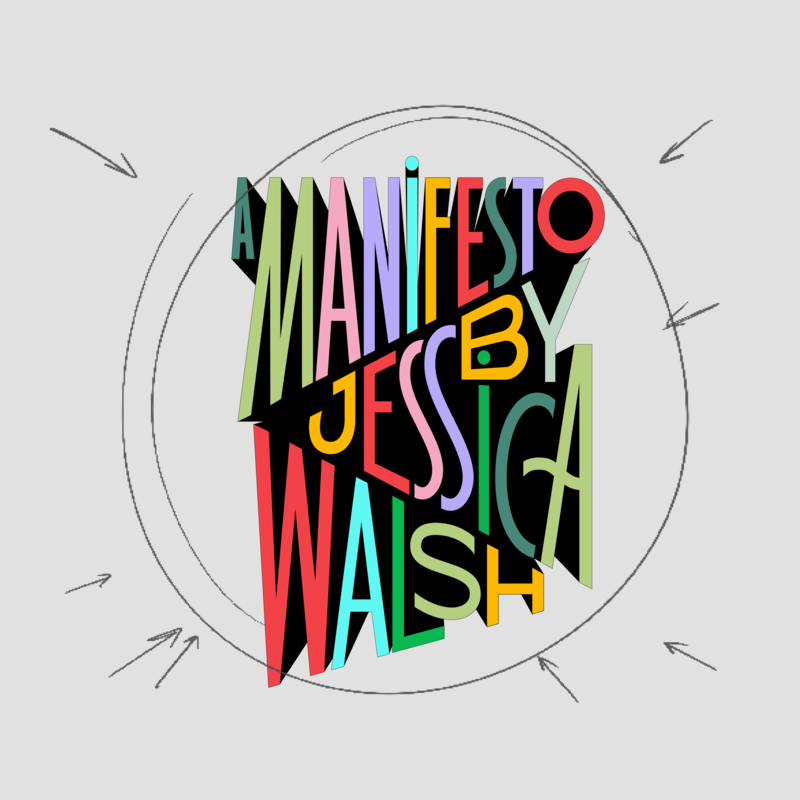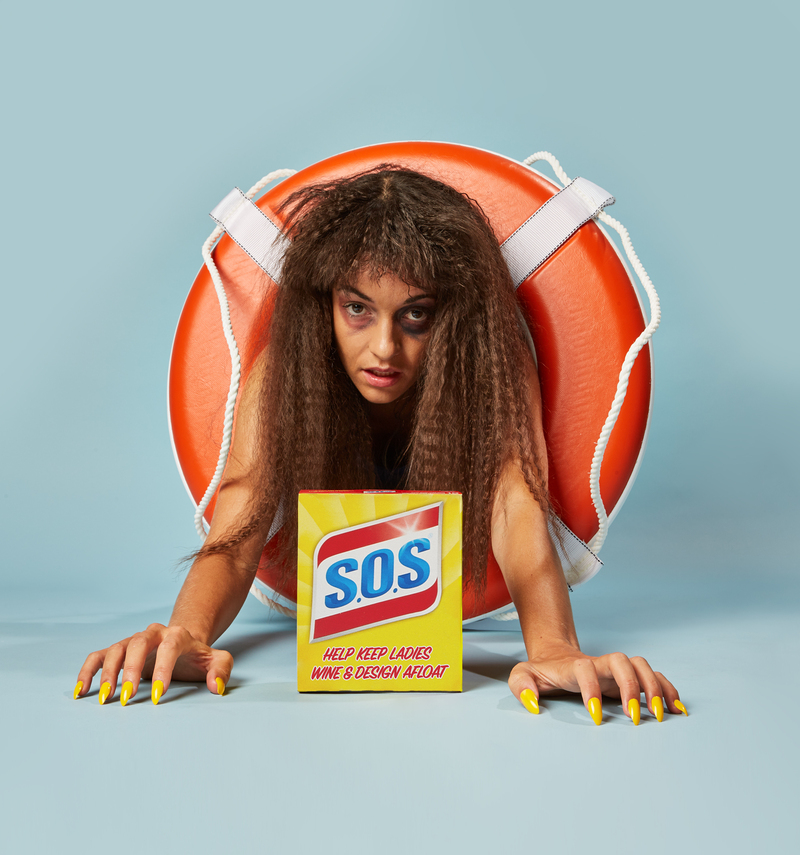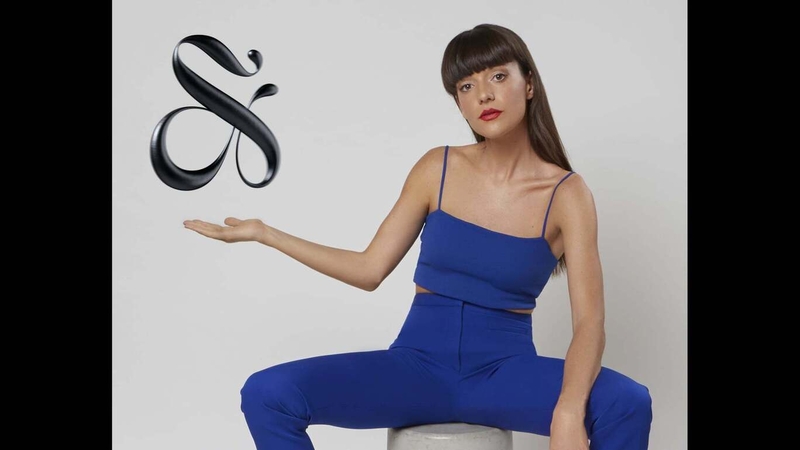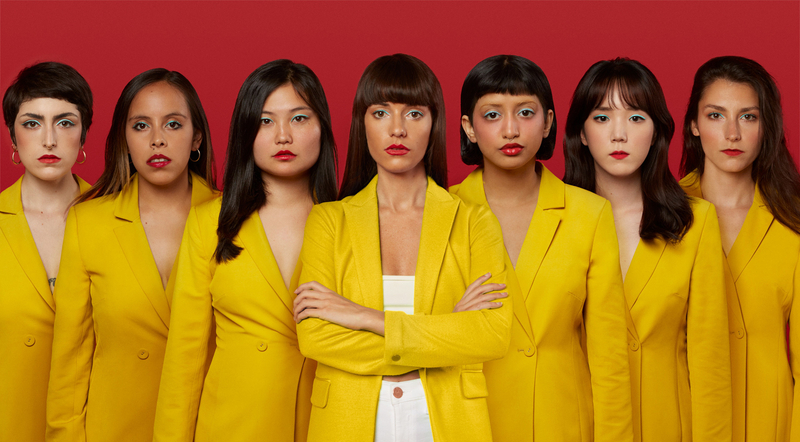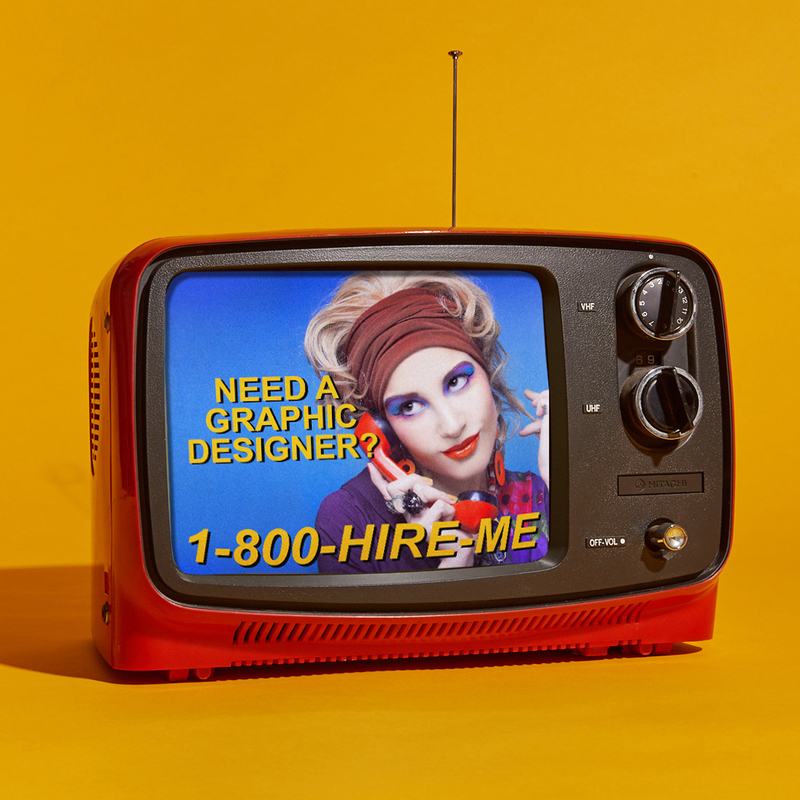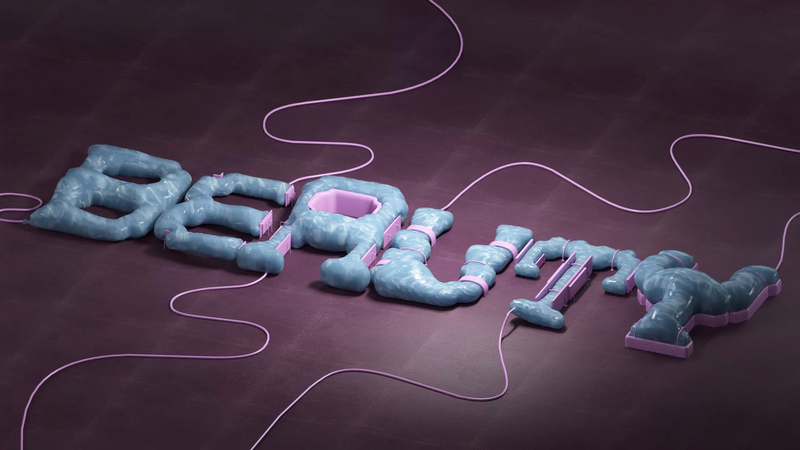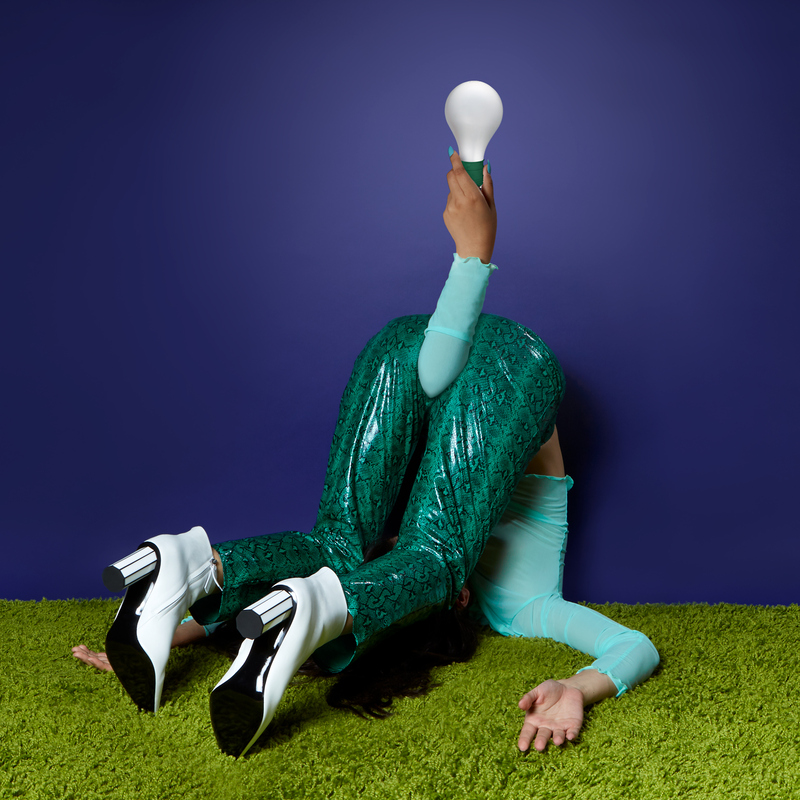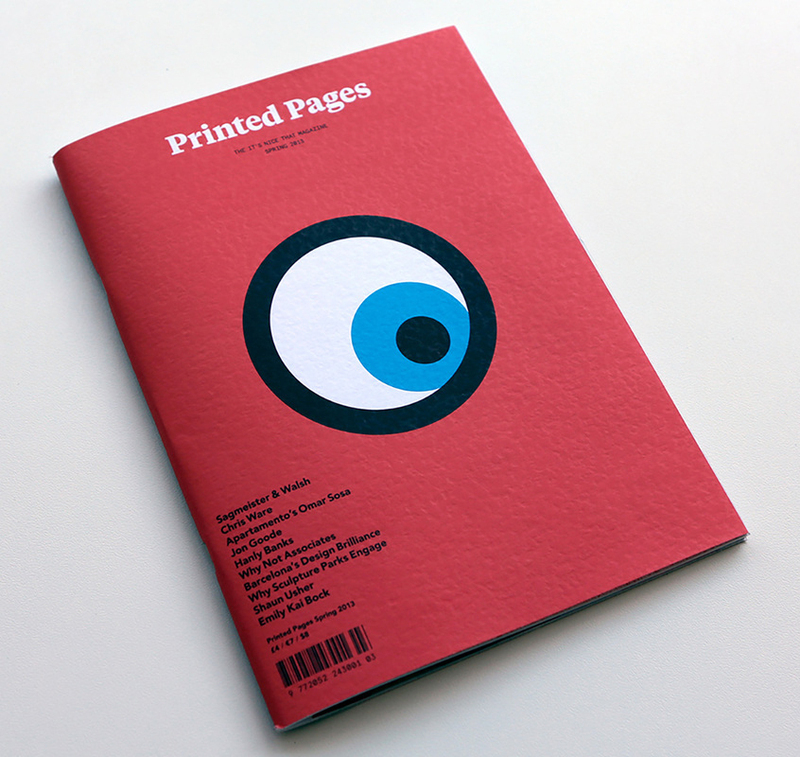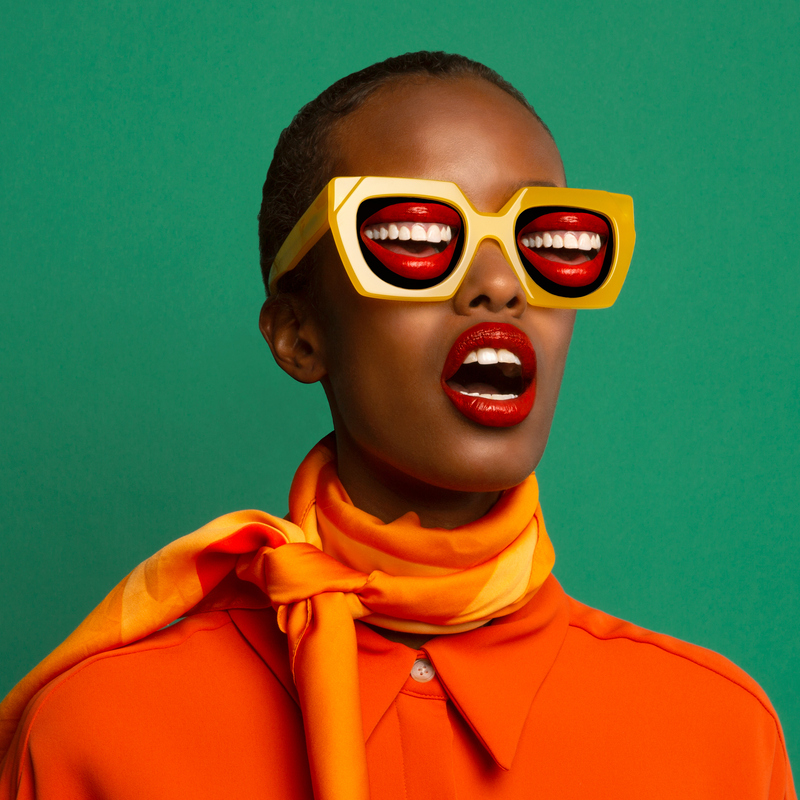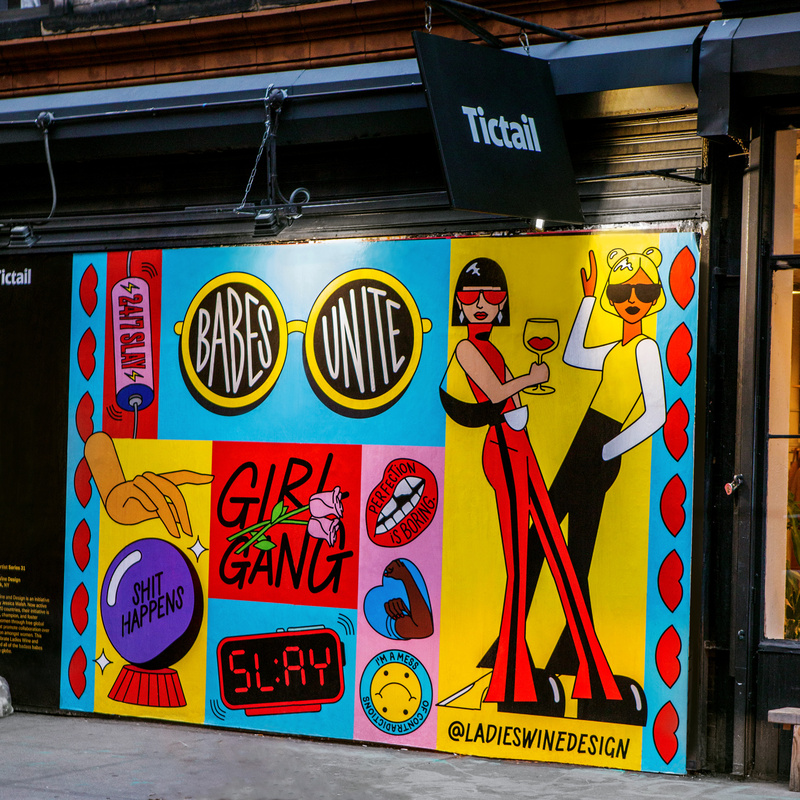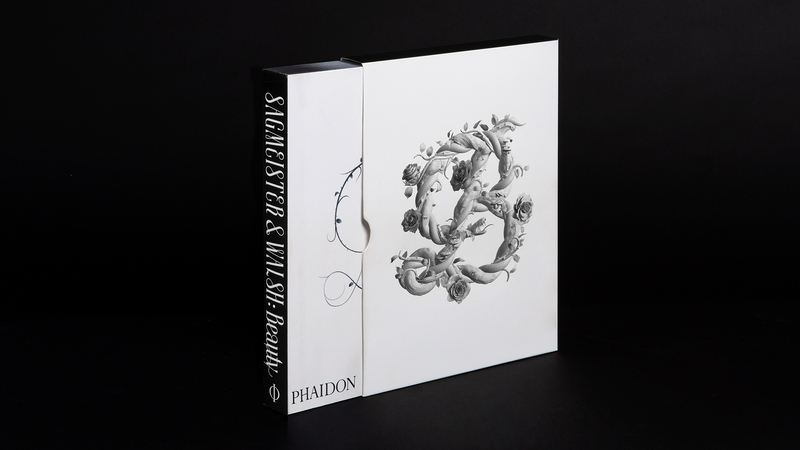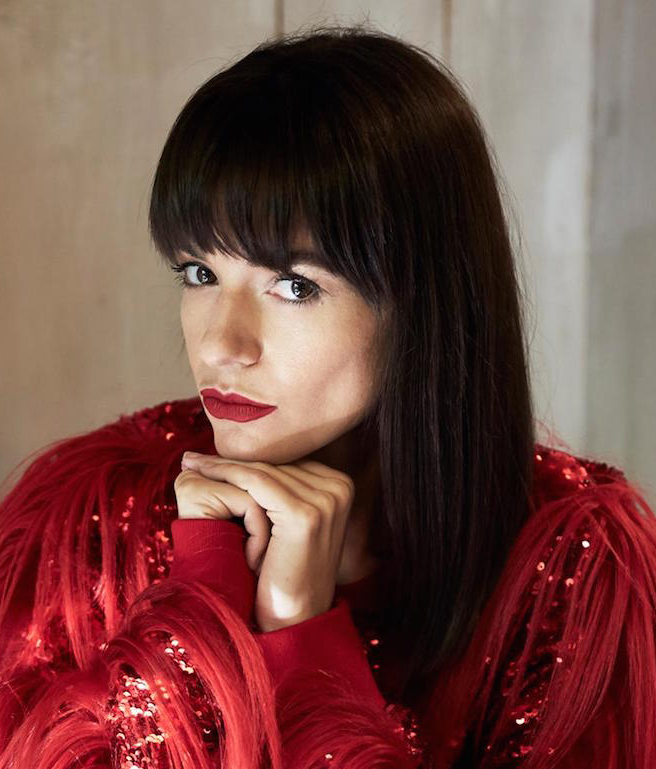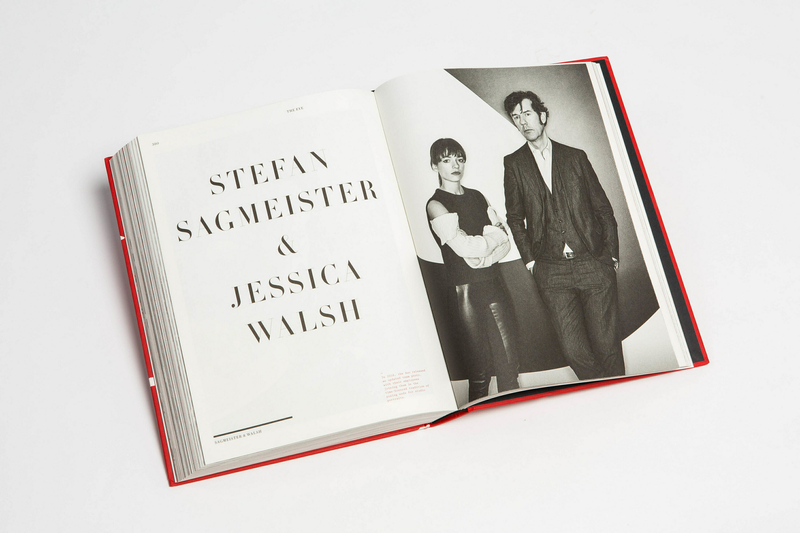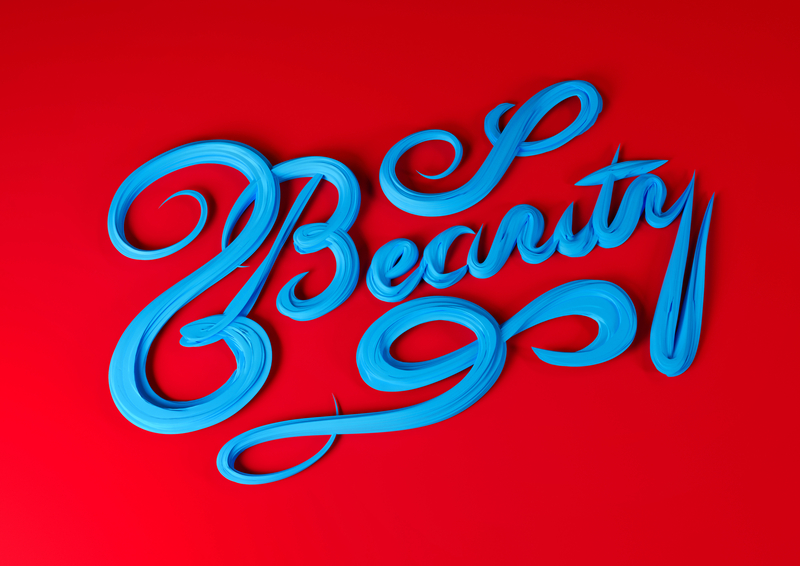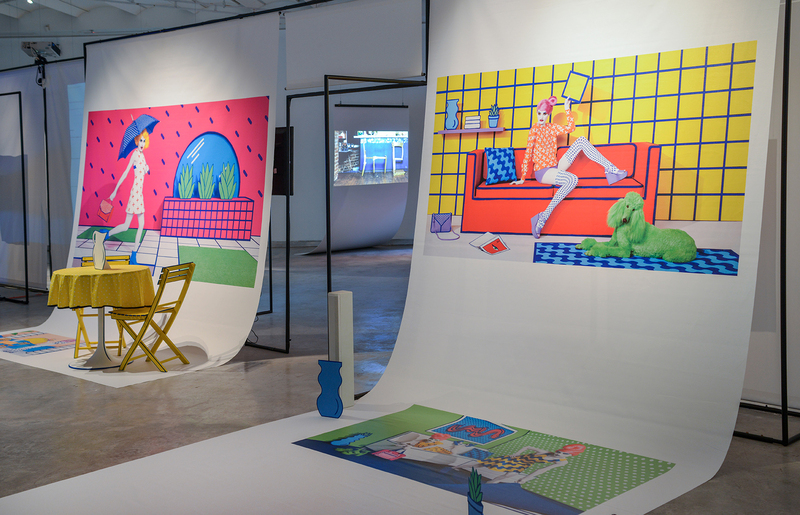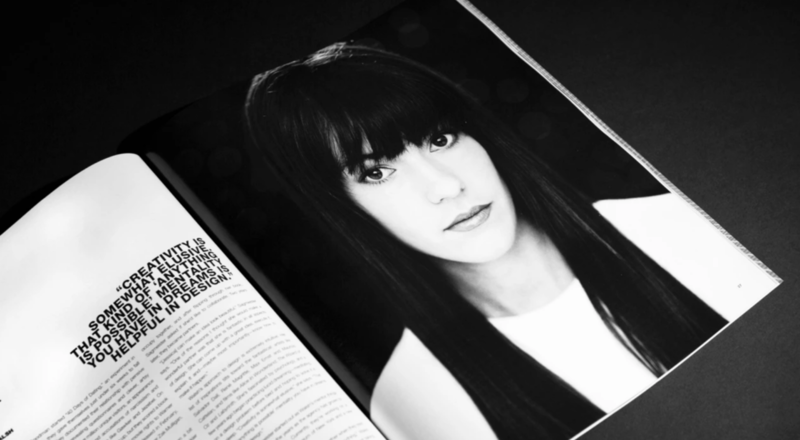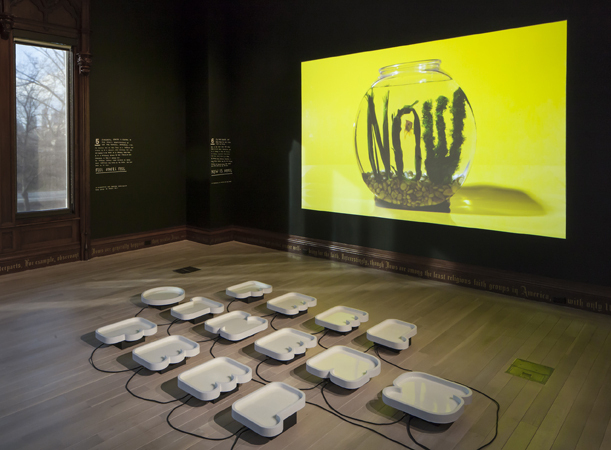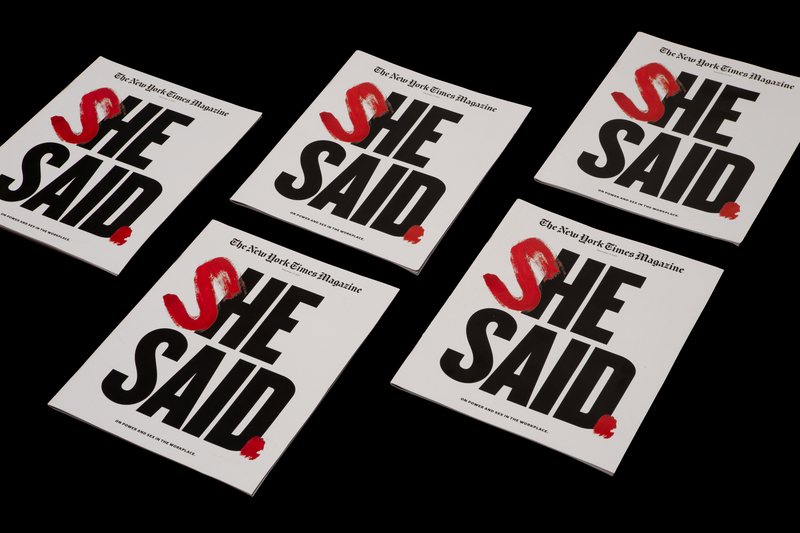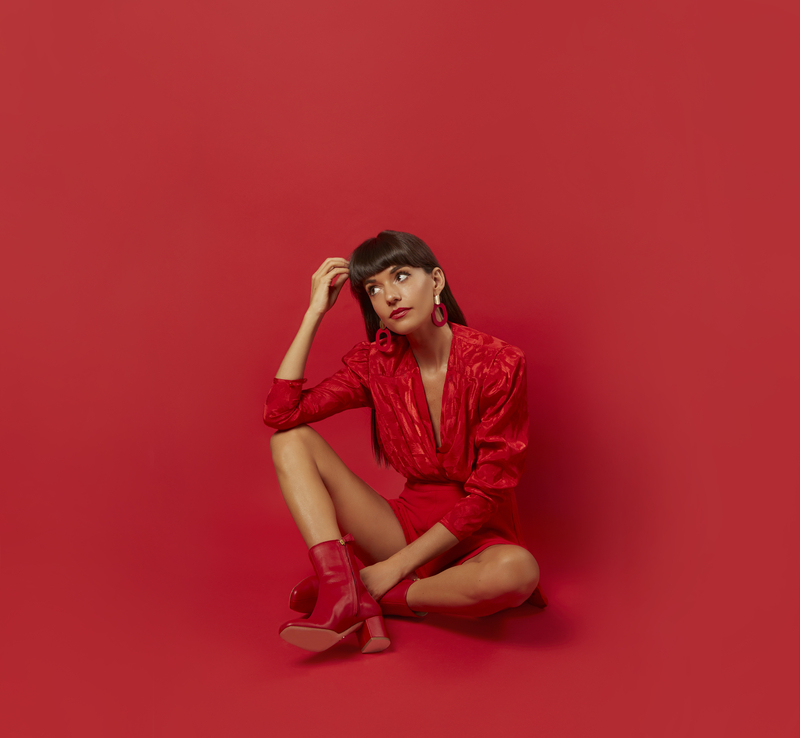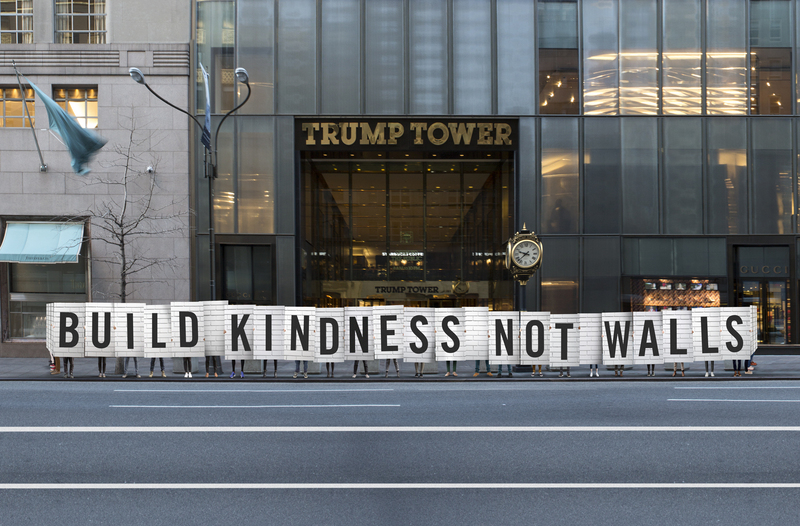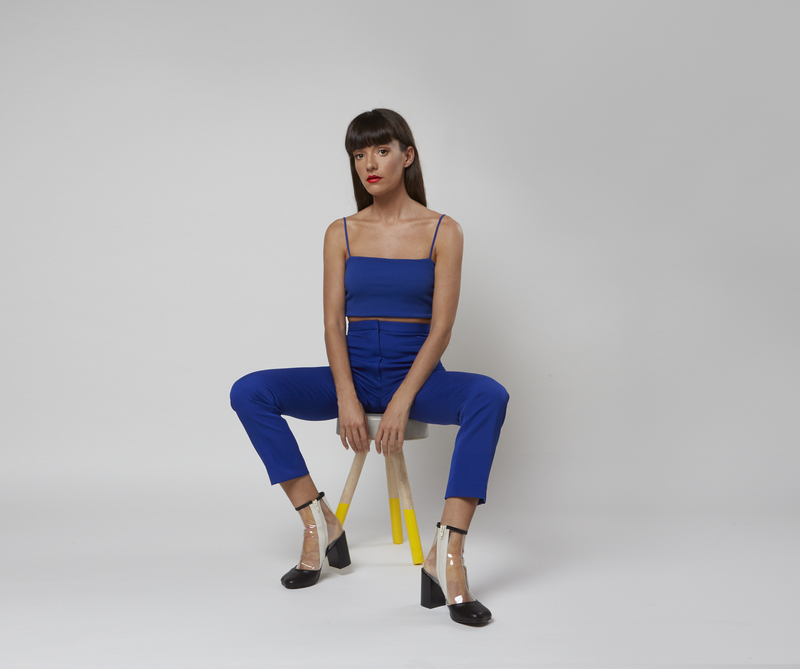Manifesto is a series on WePresent that invites activists and creatives with something to say to write 10 rules to live by in order to help spread their message. We collaborated with WePresent to share Jessica Walsh’s top 10 rules for successful branding and design as part of our Manifesto series.

I believe passion, curiosity, and persistence are the most important ingredients in creativity. The idea of “innate talent” is a myth in my opinion. No one pops out of the womb as a great artist or designer. I was terrible when I started out! I became good at what I do by putting in the hours, studying, refining, and evolving my craft. You have to experiment, try things, and create a lot of bad work before you make something good. Creativity is not always easy, it’s not all fun and games. There were so many times starting out I wanted to cave into the negative feelings: that I was not good enough, that I would never make it in the industry, that I was too exhausted to get up and keep going. I don’t let the hard times or negative thoughts kill my passion or hunger anymore, I use it as fuel. I’ve found that all my best work, discoveries, or personal developments were born from the toughest times in my life!
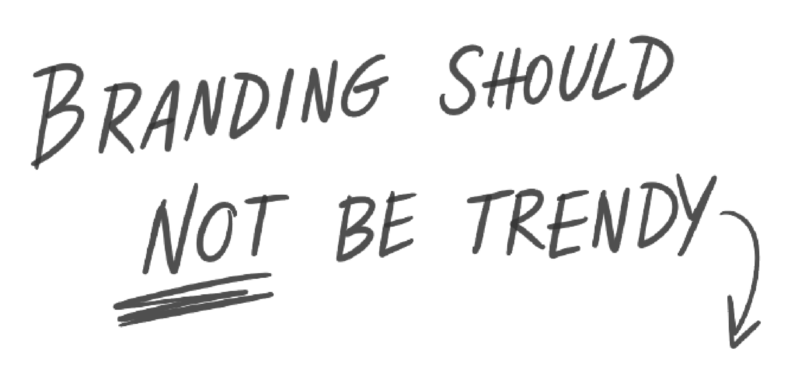
Branding should not be trendy. Great branding is ownable and distinct. If you make your brand look like what everyone else is doing (in this case, the “start-up brand look and feel”), it’s going to be hard to stand out, be memorable, or gain recognition. Some of the best brands have strong visual/copy languages that consumers can begin to recognize the work and style in time without even seeing the brand's logo.

Many of the best ideas, innovations, and new businesses start with the question, “Why?” What are the struggles in your life? What are the things you are unhappy with that could be improved? These could be things that bother you in your daily routine, things that bother you about yourself, or things you think can be improved in the world. Create a list of all these “whys?” and ask yourself what you could do to fix each of these problems. Is there a product or app that could solve them? This is often how the best new products and brands are started.
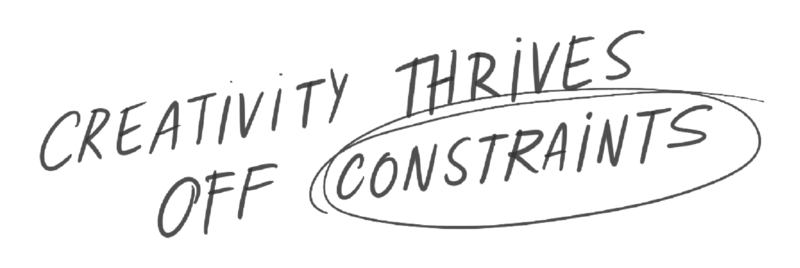
For almost a decade now, I’ve spoken and given workshops on the value of constraints, as I find them to be the best way to come up with ideas. They are also an excellent way to form a unique, ownable visual style, artistic style, or branding style. It’s a technique often used in writing; for example, Dr. Seuss would only write his books with 30-120 words, which gave his books a strange and unique vocabulary style people grew to love. Many of my favorite illustrators, photographers, filmmakers, and artists also work within their own individualized constraints. Maybe you only do lettering with a specific unique, strange tool or unusual ink. Perhaps you only take pictures upside down, once a day at the same time. Or maybe you use 3D software to create analog-style paint strokes that you then combine with other digital tools to create typography. Whatever it is, constraints can help create a memorable and ownable style for you or your brand that people can begin to know you for. The more unique the constraints are, the more distinct the style will be, which can help you get more recognition. For example, there are too many people doing brush lettering or doing photo illustration collages for that to be enough, unless you are using voice and content as a way to make those styles more distinct.
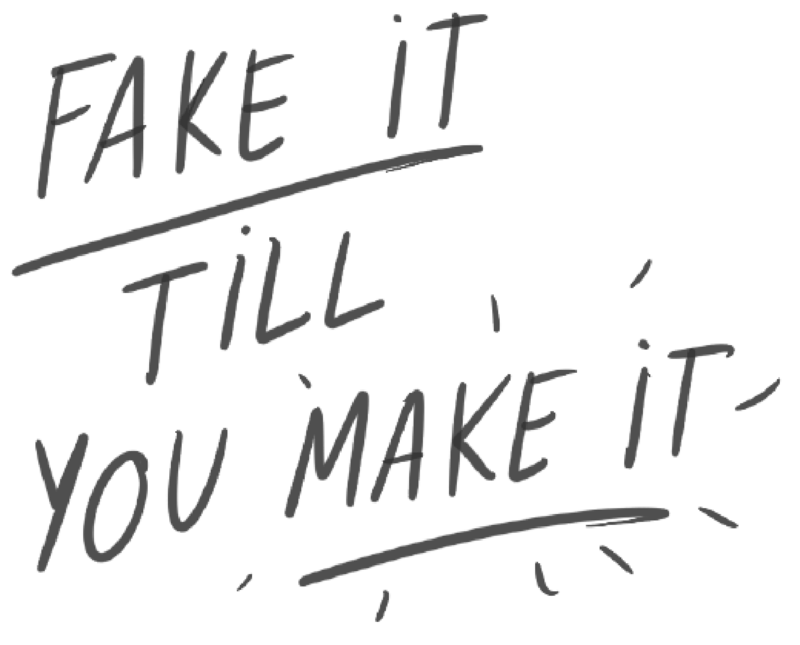
How I interpreted this early on in my career is that if someone asked me to do something I didn’t know how to do, and I wanted to do it, I’d just say yes and then figure it out later. It’s really not that difficult to accomplish any task if you use common sense, persistence, and know how to be resourceful. This is now my #1 piece of advice that I give others when just starting out. Google things, read up, research, and create your own opportunities. Don’t wait for people to teach you things or for opportunities to land on your lap, sometimes, you just have to create your own opportunities instead of sitting around waiting for them.
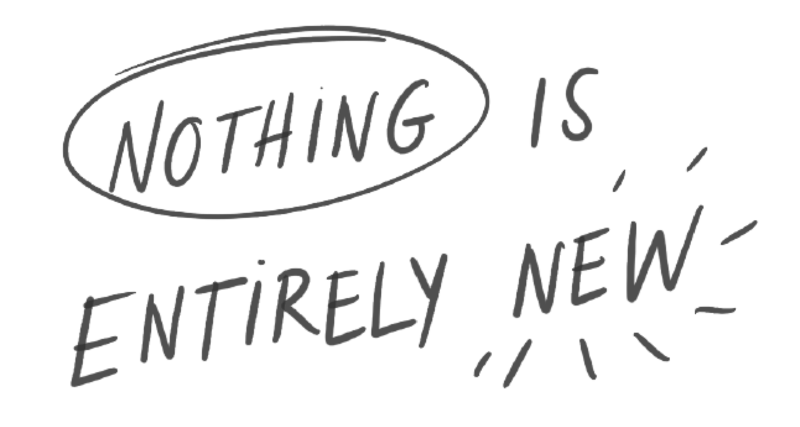
Nothing is entirely new. Creatives and innovators in all fields are often taking existing ideas or techniques or things we’re all used to seeing and twisting them in a fresh new way. Creativity is making interesting new connections between things that already exist. Creative coincidences happen all the time. I’ve often had ideas I thought were perfect for a project only to research and find out it's already been done. It’s always a bummer when that happens, but it happens to everyone, so don’t let the worry of it weigh you down. I would say in the conceptualizing phase to not think about that; let your mind run free and experiment with styles or ideas. However, before you decide on what ideas to execute, it’s good to do your homework to make sure it's not too close.
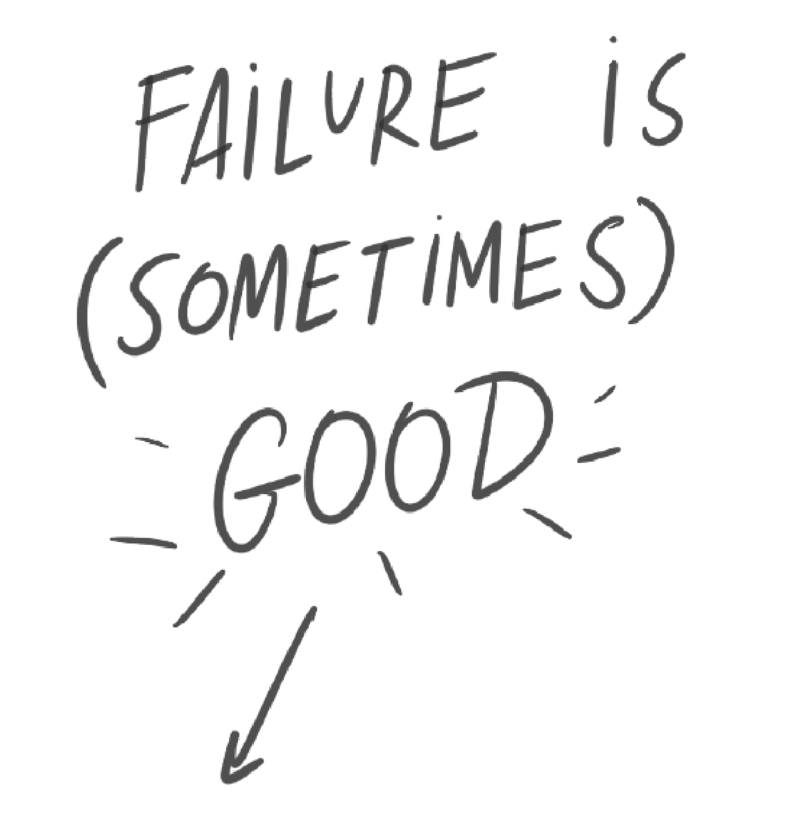
There are many successful people who talk about how wonderful failure is. I think failure is an important part of the creative process but ultimately, when it comes to delivering the work, your failures should be behind you. In order to come up with new ideas and styles, you need to try things out and experiment and fail. This is the only way to push your work to evolve somewhere new and interesting. Otherwise, you end up constantly regurgitating styles or ideas you know have worked for you or someone else in the past. If you are working on a project, allow yourself enough time to fail in the experimentation phase. You need to have space and time to take risks and create bad work in order to get somewhere good. But put a time limit on it, and know when to stop experimenting and start execution. Otherwise, you run the risk of failure in terms of not making a deadline or delivering poorly executed work. I personally do not think that kind of failure is something that should be celebrated. When a client is paying you to do a job, for me, it's a moral responsibility to deliver quality work based on what I promised.

For me, making time for creative personal projects is like going to the gym. It’s hard at first to set aside time to do it, but if I do it somewhat regularly as part of my weekly routine, it gives me so much more energy for life and work overall. I don’t think it distracts from the client's work, it fuels it. Many of the things we learn while working on passion projects feed back into personal work. Also, many new clients find us through their personal work. Doing the type of work we want to do when no one is paying us often leads to paid jobs in that area. We all want to get paid to do things that we love and interest us, and sometimes passion projects are a good way to achieve that.
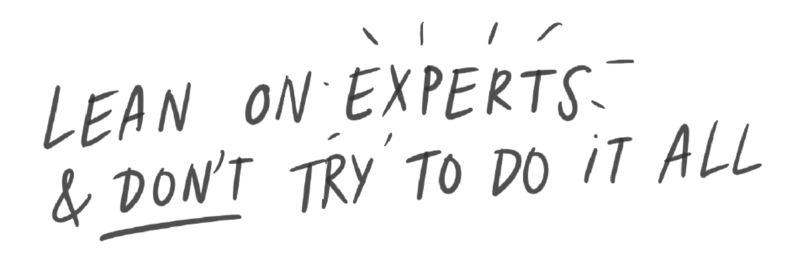
Over the years, I have learned that while I like to learn and try to do it all myself, I can’t be an expert at everything. Can I figure out how to do my own accounting or photography or type design, even though my strength is in graphic design and creative direction? I can, but I’ve learned it’s not always the smartest or best way to go to try to do everything yourself. Sometimes it's better to realize your strengths and dedicate your time to those and instead hire or collaborate with people who are experts at the specialty stuff. It can seem more expensive at first, but ultimately doing things the right way often pays off and saves money in the long run, and leads to a better result. In the same vein, I’ve also learned that sometimes it is cheaper to hire more expensive senior talent. With experience comes speed and quality and if you only work with juniors, you can often waste time and money redoing things when they’re not done right.

Good design is, in my opinion, both beautiful and functional. It’s successful at what it’s trying to achieve and/or communicate. Good design can be used to inform, inspire, delight, sell products, or tell a story. Good design can also make complex topics easier to understand, make experiences simpler, reduce waste, or drive attention to a cause.
